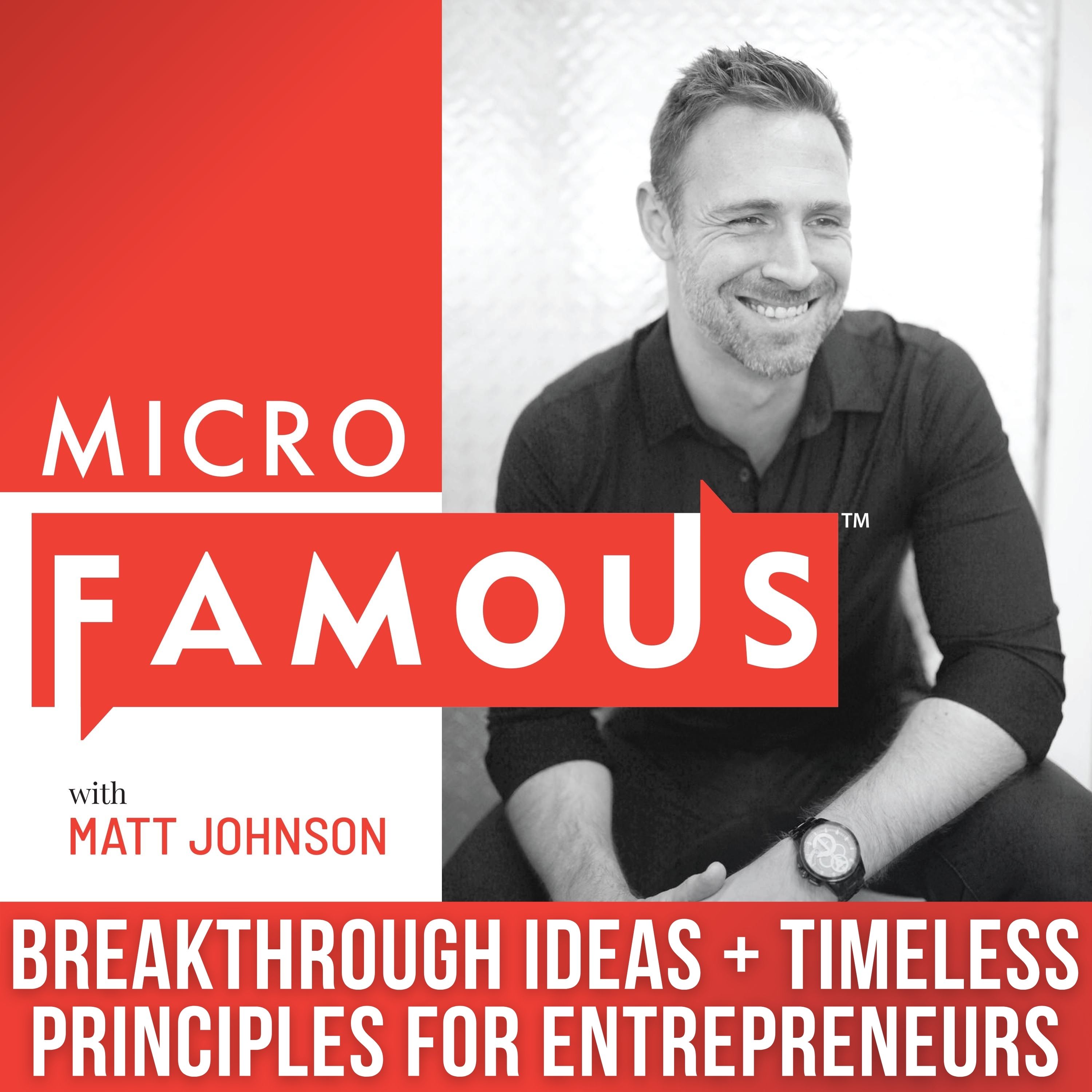How to Convert Visibility into Leads: Secrets of Podcast Guests Who Get Large Numbers of People to Raise their Hand, Show Interest & Join Their Email List
Description
This week's episode is in response to a question from one of our email subscribers, "If I am on a podcast or doing a virtual presentation - how do I get people to identify themselves as leads? In other words - how do I leverage that event for lead generation?"
It's such a great question because it gets right to the heart of our marketing system - our message, our point of view and our offer.
So we'll go deep into those 3 categories, pull some examples from folks like Tim Ferris, and hopefully you'll come away with some aha moments and tangible things to work on!
A Clear and Compelling Idea that speaks deeply to the right people. The best guests know who they serve, the problem they solve and exactly why the right person should work with them. So on the receiving end of that message, the right person is saying to themselves, “Wow, that’s me! I have that exact problem!”
Look at Tim Ferris. He has an amazing post where he and one of his team breaks down the launch plan for the 4 Hour Body. He talks about his guest posting strategy, which often featured content written specifically for that blog that wasn’t included in the book, but was consistent with the Clear and Compelling Idea of the book.
Tim understands his core audience and the many sub-groups within that audience. He will write specific chapters of his books with specific sub-groups of his audience in mind, and then use those chapters to market to that subgroup with laser focus. But it all serves one idea - the Clear and Compelling Idea of the book. It’s not just random content thrown in to get attention. It all leads to the same place.
Unique and sometimes controversial point of view on the problem. As Chris Lochhead says, if you can reframe the problem - describing the problem in a new and different way, it’s assumed that you have the solution. For anyone who now sees the problem the way you do, you are now the natural choice for the solution to the problem.
But if you describe the problem in the same way everyone else does, you’re starting from a disadvantage. You have to work uphill to establish that your solution is different, because it comes from the same foundation as everyone else, the same perspective on the problem.
Work to uncover and refine your opinions until they become razor sharp and positively polarizing, then build your interviews and presentations around those opinions. They lead to your Buying Beliefs, and the more Buying Beliefs people agree with you on, the closer they are to becoming an ideal client.
What does it mean to be positively polarizing? A good example is a client, Lars Hedenborg, who coaches real estate team leaders. They are often overworked and feel underpaid, and many have teams that actually take profit out of their pocket while adding work, but they’re trapped by the ego drive of the top line numbers that their team does.
Lars has a polarizing message, which is to focus on the bottom line, including the actual lifestyle you’re living as a team leader, and rebuild the business on a model that’s actually scalable and sustainable. We’re playing with the messaging right now, but we’re tentatively calling it the Scalable Team, a new model for how teams are built and structured to maximize both profit and lifestyle of the team leader.
Now that could come across as a very negative message - especially if he put all his focus on the smoke and mirrors and ego in the team world. But in the end, any message, no matter how negative, can ultimately be a positive message, because it’s not about trashing everything that’s out there now.
Lars is on a mission to help team leaders create a better lifestyle and more profit. It just happens that letting go of the ego is one of the first steps in building that new kind of team on a new model. So he has to deal with that to push away the wrong people and attrac
More Episodes
For creative entrepreneurs, there’s always a tension between the creative projects we want to undertake, and the need to make it easy for people to understand the niche we fit into.
It doesn’t make sense for us to be everything to everyone, but niching down is challenging because it feels like...
Published 06/02/22
Published 06/02/22
Joe Rogan is the exception that proves the rule.
For every 3 hour episode of Joe Rogan, there's a podcast that is shortening up their average episode.
And rightfully so, I think.
We're going on 10+ years of long-form interview podcasts, and the format itself is no longer rare and...
Published 05/19/22


